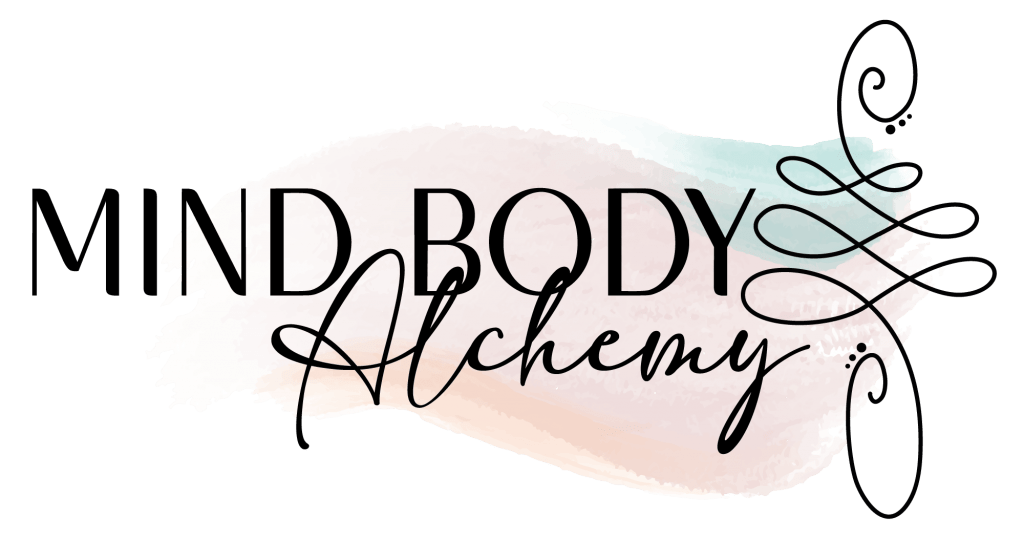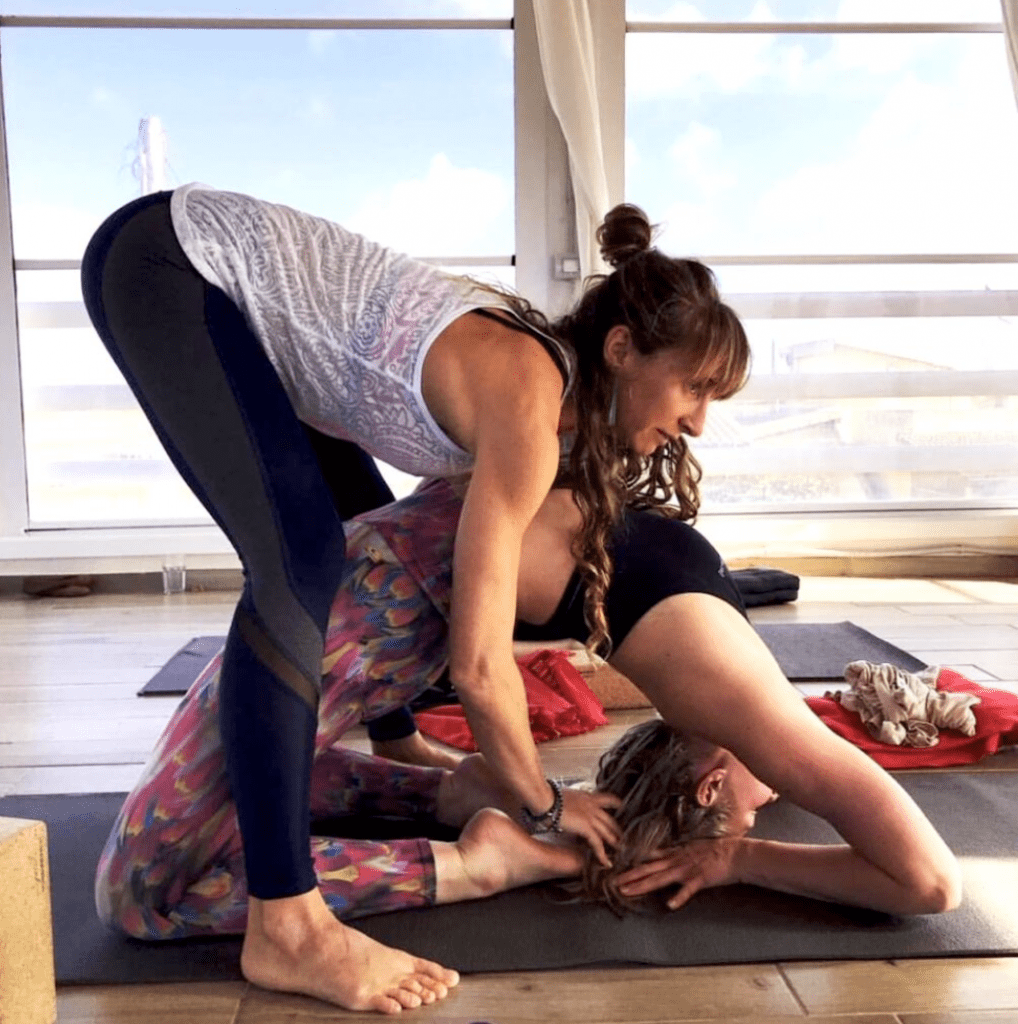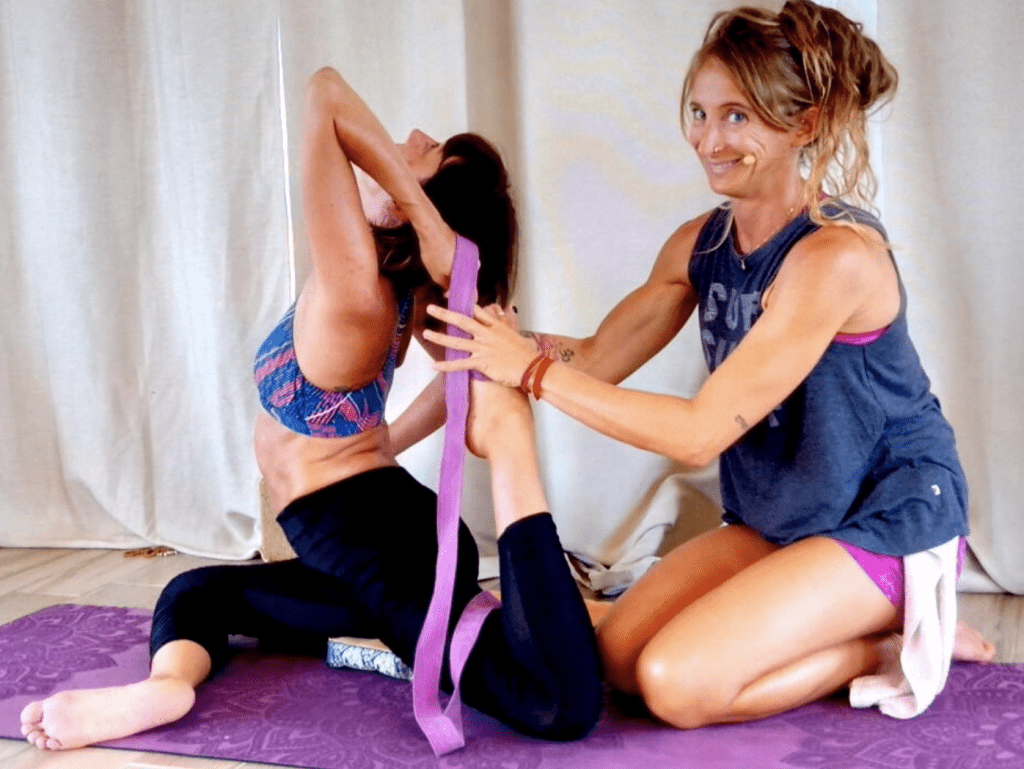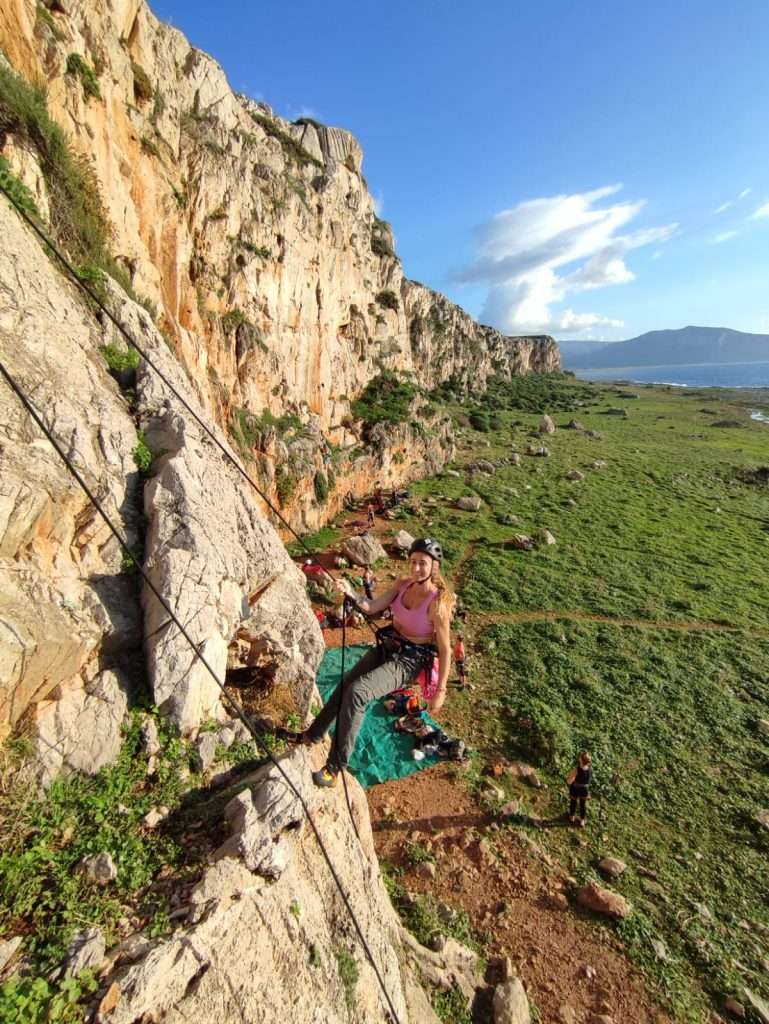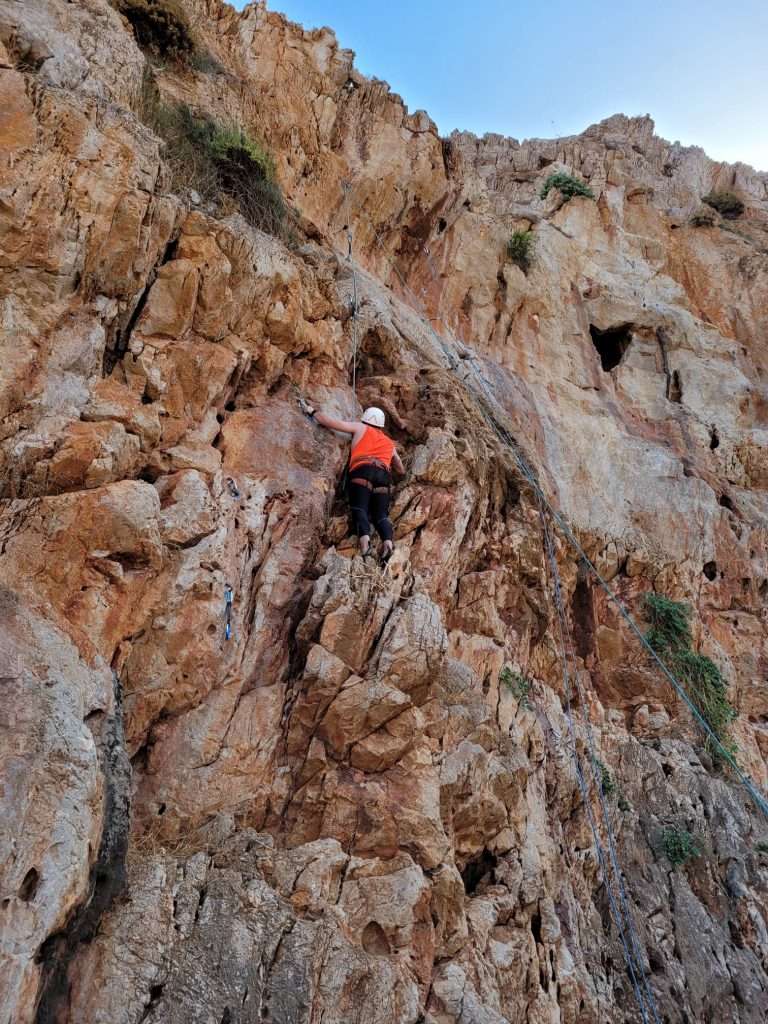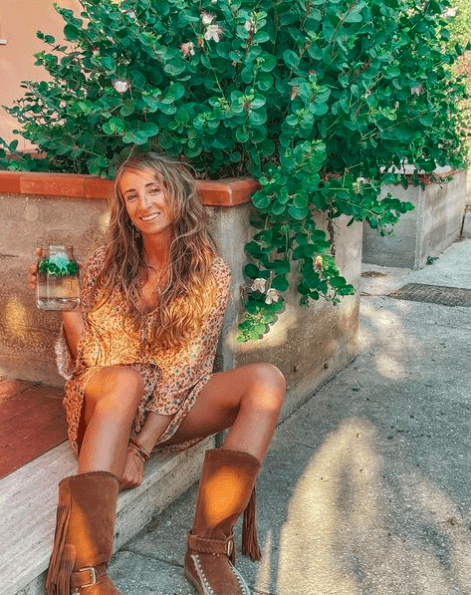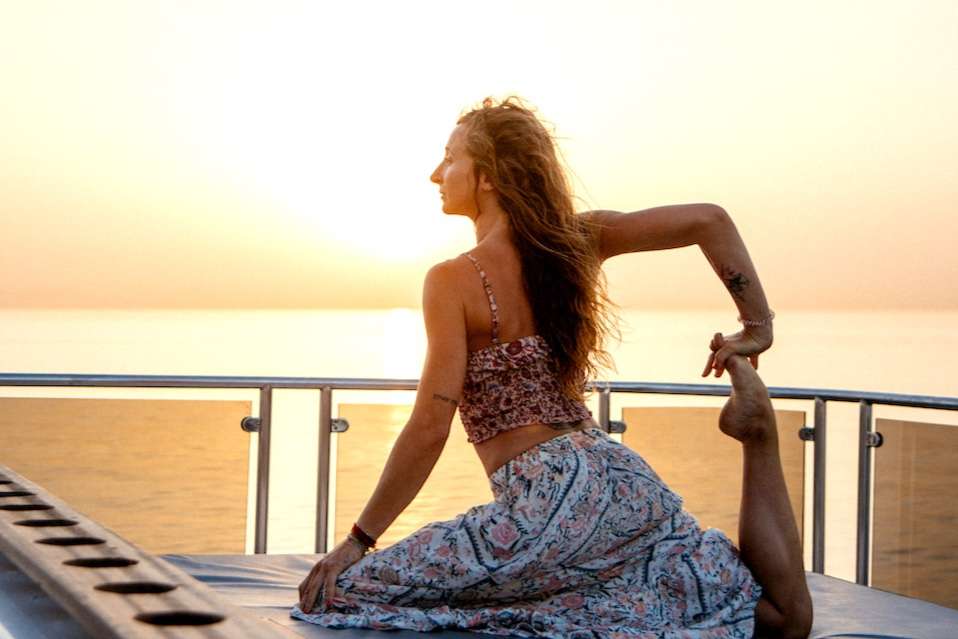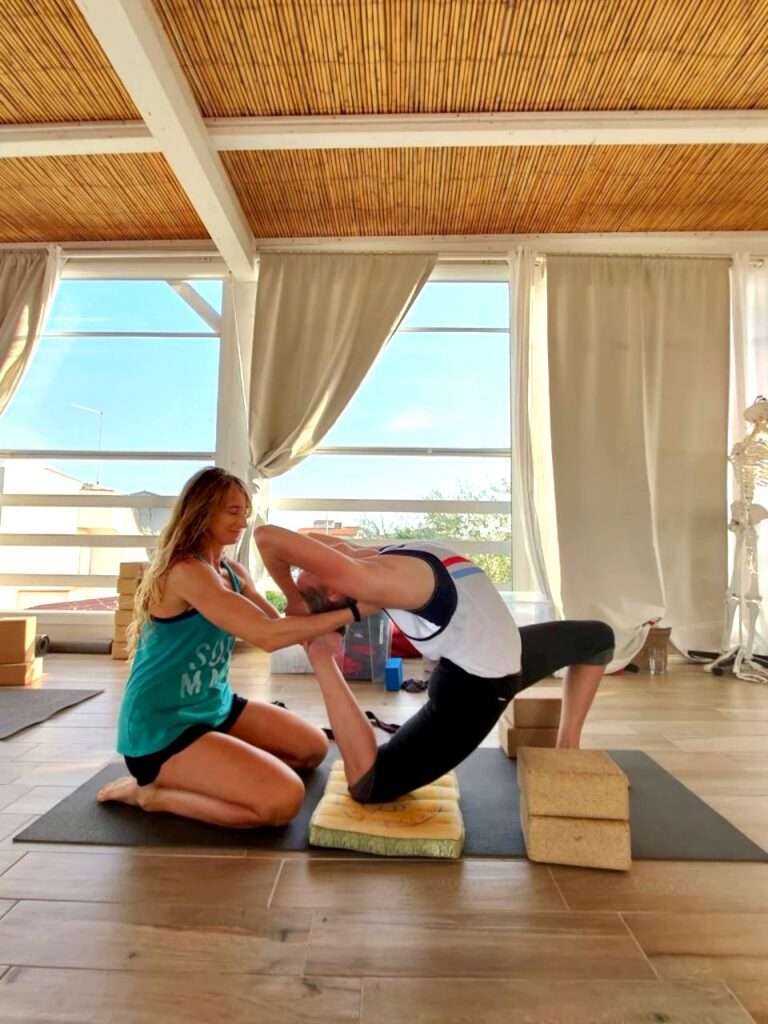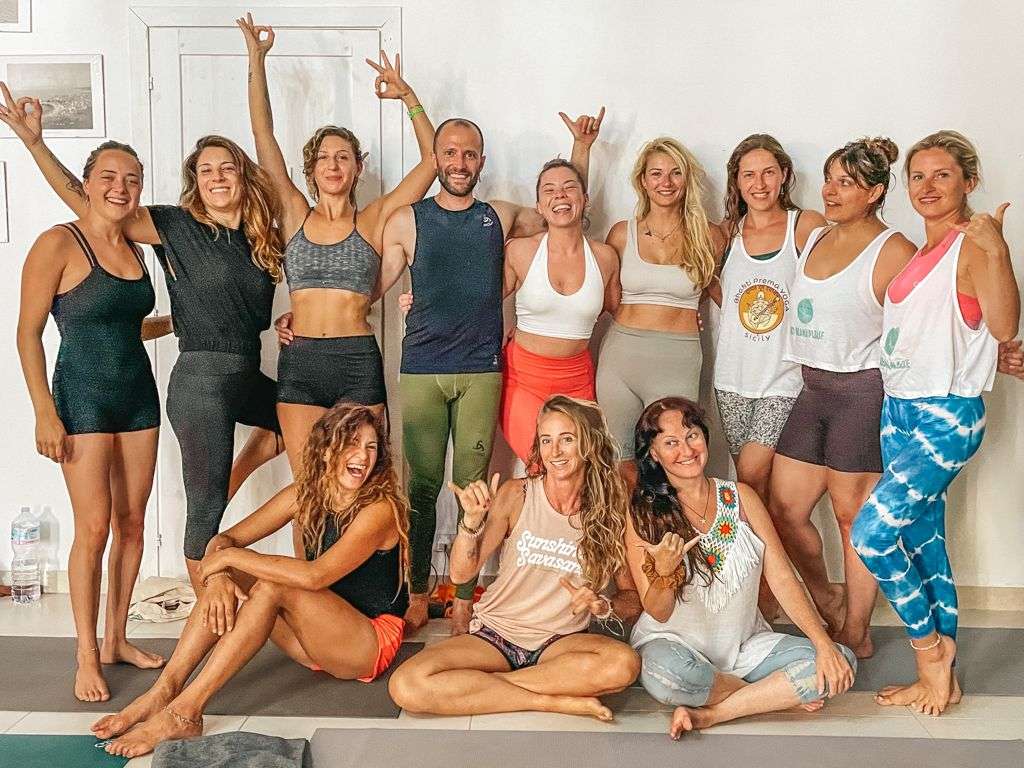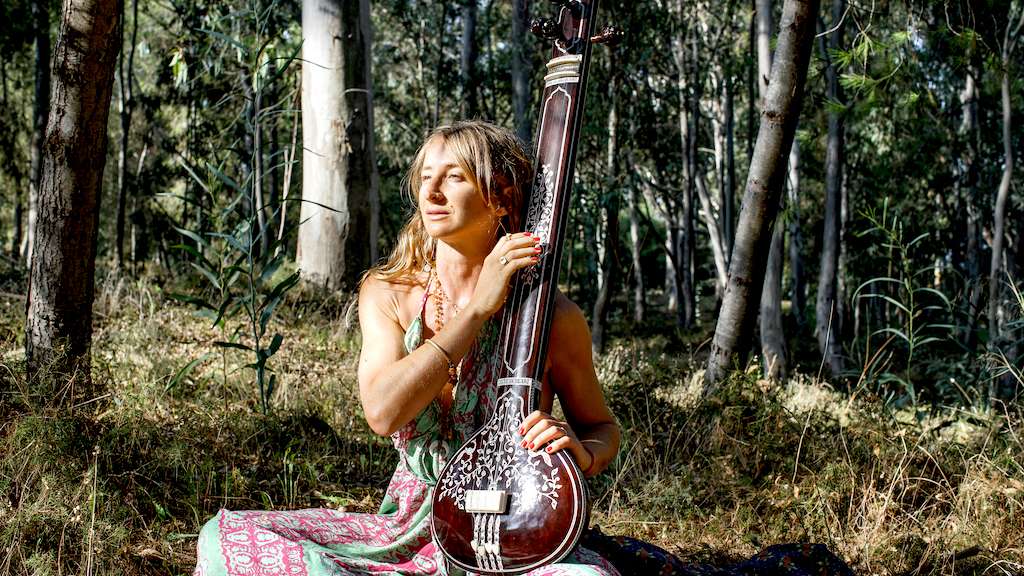How can you stand out as a Yoga Teacher?
Thanks so much to those of you who replied to my email and blog post on how to thrive as a yoga teacher. Some of the struggles you shared with me are: – I am underpaid for the classes I teach, and I have to teach lots of yoga classes to make a living, – I don’t have many students in my classes, and it’s hard to find and retain new yoga students. – I have not taught many classes since the end of your first YTT, and I don’t feel very confident. How to solve this? The #1 Key Solution is: you have to be an outstanding yoga teacher. So now you might be wondering: How do you become an outstanding yoga teacher? Today I’d like to share with you one secret that really helped me stand out as a Yoga Teacher when I first started. As a practitioner, I noticed that I was naturally drawn to practice with teachers who were experienced in touching bodies. Through their hands-on assist, I could go a lot deeper into the poses, and often even experience postures that I had no idea I could possibly do. On top of this, those were the teachers I felt mostly connected to: they were NOT just teaching from their mats, their energy was present in the room as they walked around, and even if they taught always the same sequences, my practice was different because of how they manually helped me each time. So very soon I started to study the Art of Hands on Assist, which goes hand-in-hand with the Art of Teaching without Demonstrating. I took several Ashtanga courses with some Indian teachers, I learned lots of vinyasa assists with Shiva Rea. In 2020 I flew to Byron Bay to assist my beloved teachers Gregor Maehle and Monica Gauci in one of their Ashtanga Trainings and practice hands-on assists under their supervision. Then Covid hit and of course we all know how the story ended. Lots of us started to teach online and lots of new teachers were educated fully online in their Teacher Trainings. Yet in person teaching is the highest form of passing on yoga (and personally, my favorite!).So especially if you teach a lot in person, mastering the art of Hands-on- Assist is really a KEY to build loyalty with your students. Why does it work so well? Because your students want a teacher that understands their unique anatomy, that can help them in postures that they cannot do otherwise, and that is really caring for them, and not just doing their own practice while they teach. If you can be that teacher, expect your classes to be full of students who will be raving fans! And of course, if you have more students in class who follow YOU, your studio will increase your salary because you are an “asset teacher” for them. In other words, you bring people to them. The bad news is that both Hands-on and teaching without demonstrating are a true headache for a new yoga teacher. These skills are NOT taught generally in a 200 HRS Yoga Teacher Training, and less so in an online training. This is why since 2020 I have been offering a 60 hrs residential module called “Art of Hands on Assist”, as part of my 300 hrs YTT. You can take it as a stand-alone module, or as part of the 300 hrs program. This module will take your teaching to the next level thanks to the following elements: – 10 hrs of Anatomy (which you can study online prior to coming over). These classes will help you understand the myofascial tissues + the bones that you move when you manually adjust a student. – A daily Masterclass where you will practice assisting a peak pose on each other. By teaching twice a day you will feel what a student feels during a hands-on assist, as well as help other students get into more complex shapes while in the flow of the class. – Hours and hours of practice hands-on-assists on each other. During the two daily practice labs, you will instruct the students you are adjusting. In this way your will train the very important skills of adjusting and also teaching without demonstrating. – A daily workshop where we study a family of asanas such as: inversions, backbends, arm-balances, and more. You will receive help from other students and help them in turn, hence learning to assist all sort of complex postures in a workshop setting. During the course you will learn to assist over 40 postures, both Vinyasa Flow poses and Ashtanga ones. And of course in the free time (every day from 12.30 to 5 PM) you will enjoy la dolce vita in Sicily at the stunning Stagnone Lagoon. If you are curious to discover more click here I hope to see you this summer, and in only one week boast your confidence by leveling up your teaching skills, take your own practice to the next level, and have an amazing time in the gorgeous Stagnone Lagoon ! <3
How can you stand out as a Yoga Teacher? Read More »
